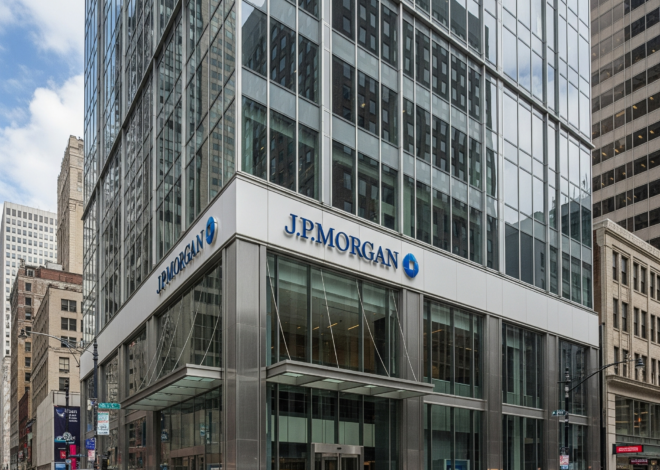
Breaking: China’s Central Bank Slashes Mortgage Reference Rate in Record Move
- China’s central bank, the People’s Bank of China (PBOC), has made a historic move by slashing its five-year loan prime rate (LPR) to 3.95%, the largest reduction since the LPR system overhaul in 2019
- China faces challenges of capital flight and a stock market slump, reflecting broader economic uncertainties and prompting concerns among investors regarding geopolitical tensions and political risks.
China’s central bank, the People’s Bank of China (PBOC), has taken unprecedented steps to tackle the ongoing property crisis by cutting its key mortgage reference rate. Here’s what you need to know about this significant development:
Record Rate Cut
The PBOC announced on Tuesday a substantial reduction in its five-year loan prime rate (LPR), slashing it from 4.2% to 3.95%. This move marks the largest cut since the central bank revamped its LPR system in 2019. Notably, while the five-year LPR saw a notable reduction, the one-year LPR remained unchanged at 3.45%.
Targeting Housing Market Support
Analysts from Capital Economics highlighted the clear objective of this rate adjustment: to bolster the housing market. The five-year LPR serves as a crucial reference for mortgages, and the 25 basis point cut is seen as a strategic move to alleviate pressure within the property sector.
Prolonged Property Crisis
Since 2021, China has grappled with a severe real estate downturn triggered by a government crackdown on developers’ borrowing. This crackdown led to a liquidity crisis in the sector, resulting in a prolonged slump characterized by dwindling investments and sales in the property market.
Economic Repercussions
The property crisis has sent ripples across China’s economy, with major developers defaulting on their debts, including Evergrande, once a prominent player in the industry. The ensuing financial turmoil has sparked protests among unpaid construction workers, buyers of unfinished homes, and investors facing losses.
Beijing’s Response
Beijing has scrambled to revive the faltering property sector, implementing various measures such as interest rate cuts, relaxation of down payment requirements, and easing restrictions on home purchases in cities. These efforts reflect the significant role the property market plays in China’s GDP, accounting for up to 30% of economic output.
Challenges Beyond the Property Sector
Capital Flight Concerns
China’s economic woes extend beyond the property market, with concerns over deflation, low confidence, and accelerated capital flight. Data from the State Administration of Foreign Exchange reveals a substantial decline in direct investment liabilities, reaching its lowest level since 1993. Geopolitical tensions and increasing political risks have contributed to foreign companies and investors withdrawing from Chinese markets.
Stock Market Slump
China’s stock markets have also faced a prolonged downturn since their peaks in 2021, with trillions of dollars in market value wiped out. This slump has affected the Shanghai, Shenzhen, and Hong Kong markets, reflecting broader economic uncertainties and investor apprehensions.
In conclusion, China’s central bank’s decisive rate cut underscores the gravity of the property crisis and the broader economic challenges facing the country. While targeted measures aim to stabilize the housing market, addressing underlying issues such as capital flight and market volatility remains critical for China’s economic recovery.


